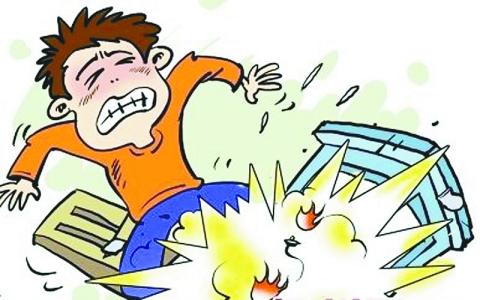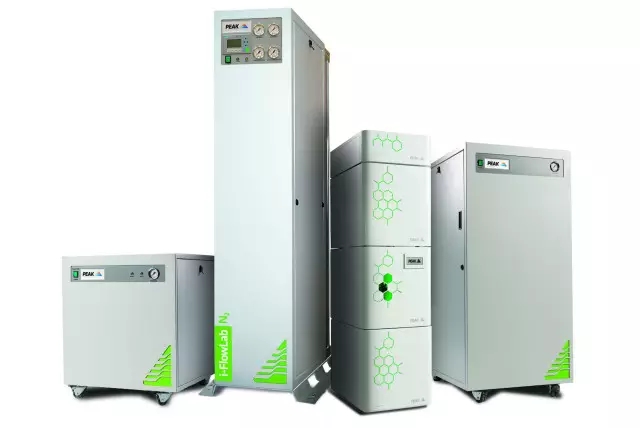Everybody in the bubble lab should understand the "defense" I remember that during the university period, Xiao Bian just stepped into the first class class of the Department of Chemistry. The class teacher wrote the words "Chemistry→Chem is try" on the blackboard, and instantly felt very image, perfectly interpreting his profession~ After graduating, I often felt afraid after seeing the explosion in the laboratory. I thought that as long as I was careful of Wang Shui and toxic organic reagents, we could try our best. It was really young too naive! The security risks in the lab are far more than you think! In recent years, news about laboratory fires and explosions has been reported from time to time, and a large part of this is attributed to a large supply of gas in the laboratory: cylinders. This is the master of improper use and arbitrary explosion. Intimate as me, Xiaobian prepared some safety tips for laboratory use for everyone, I hope to be useful to my friends! 1. Cylinders should be stored in a cool, dry place away from heat. The flammable gas cylinder should be stored separately from the oxygen cylinder. 2. Carefully handle the cylinder and screw the cylinder cap. 3. When opening the main valve, do not put the head or body facing the main valve to prevent the valve or pressure gauge from rushing out. 4. The gas cylinder in use should be inspected every three years. The cylinder containing corrosive gas should be inspected every two years. Unqualified cylinders cannot be used continuously. 5. Hydrogen cylinders should be placed in a dedicated huts away from the laboratory, introduced into the laboratory with copper tubes, and fitted with means to prevent tempering. 6. The gas in the cylinder should not be completely used. Some gas should be left to prevent the outside air from entering the gas cylinder. Generally, the residual pressure above 0.5MPa gauge should be maintained. 7. When using the gas in the cylinder, use a pressure reducing valve (barometer). In the pressure reducing valve (barometer), the flammable gas is generally left-handed and the other is right-handed. Various gas pressure reducing valves (barometers) and pipes must not be mixed to prevent explosion. 8. When opening and closing the pressure reducer and the on-off valve, the action must be slow; when using, the switch valve should be rotated first, then the pressure reducer should be opened; when it is used up, the switch valve should be closed first, then the residual gas is exhausted, then the pressure is reduced. Device. 9. When using a high pressure gas cylinder, the operator should stand in a position perpendicular to the cylinder interface. Do not strike the impact during operation, and always check for leaks. Pay attention to the pressure gauge reading. 10. Oxygen bottles or hydrogen cylinders should be equipped with special tools and must not be in contact with oil. Operators should not wear clothing gloves that are contaminated with various greases or that are sensitive to static electricity to avoid burning or explosion. For flammable gases and combustion-supporting gas cylinders, the distance from the open flame should be greater than ten meters (when it is difficult to achieve, measures such as isolation can be taken). After reading so many precautions, is it true that the friends are not rushing to the use of cylinders? In fact, a small gas generator can solve all the troubles! Peak gas generator not only eliminates the troubles of small partners, eliminates safety hazards, but also guarantees uninterrupted gas supply and stable purity and flow rate in the laboratory! Finally, Xiao Bian also sighs that the experiment is valuable and the security price is higher! Research is not easy, and it is done and cherished! Pay tribute to every little friend who works hard in the lab~ More information Welcome to search for "Bick Gas" Follow BYK Gas Official WeChat Food Ingredient Fructo-Oligosaccharide,Organic Oligofructose GOS,Digestion Resistant Fiber Qingdao Bailong Huichuang Bio-tech Co., Ltd. , https://www.qdblcycn.com


Safety tips for the use of gas cylinders for laboratories